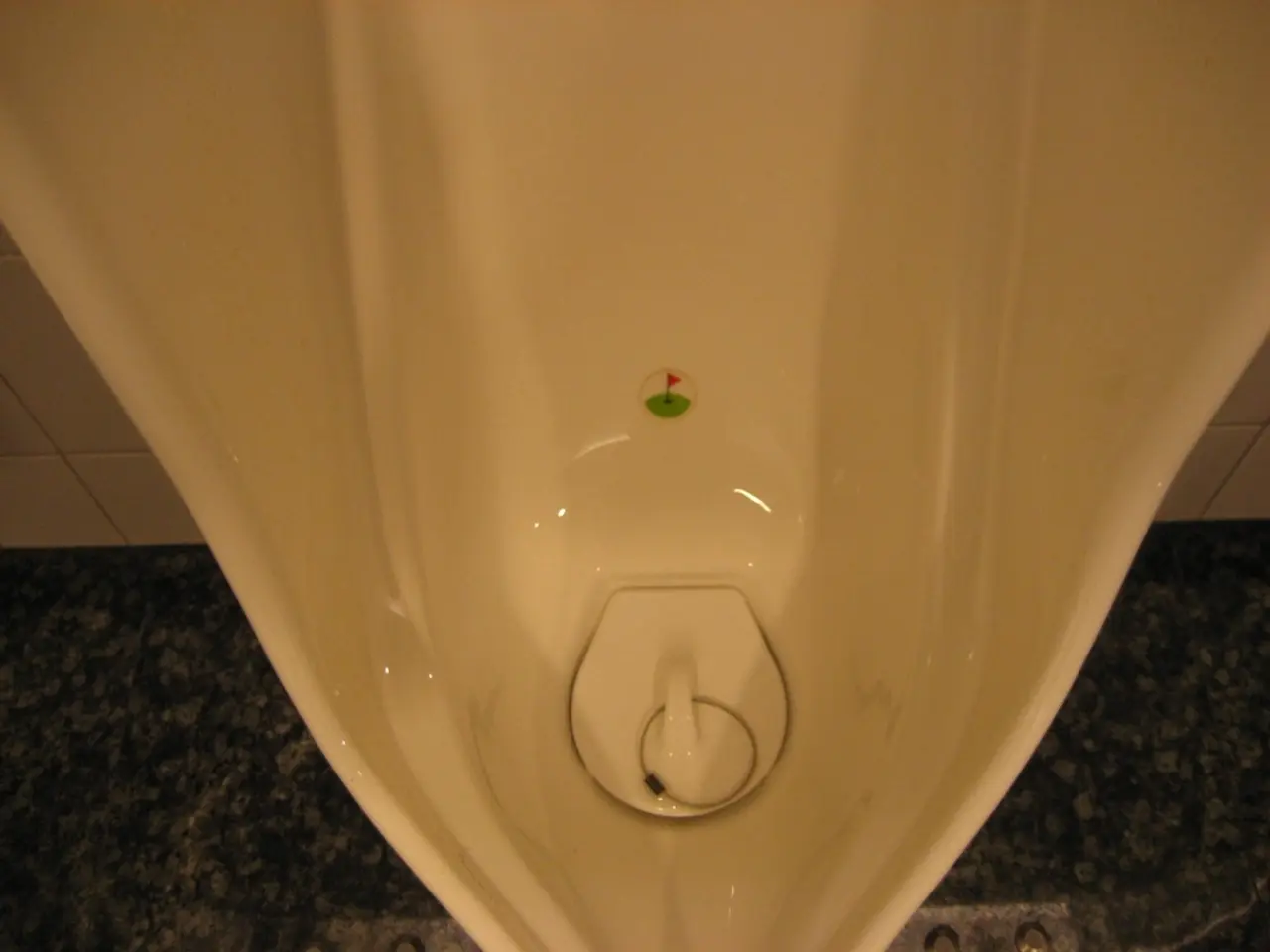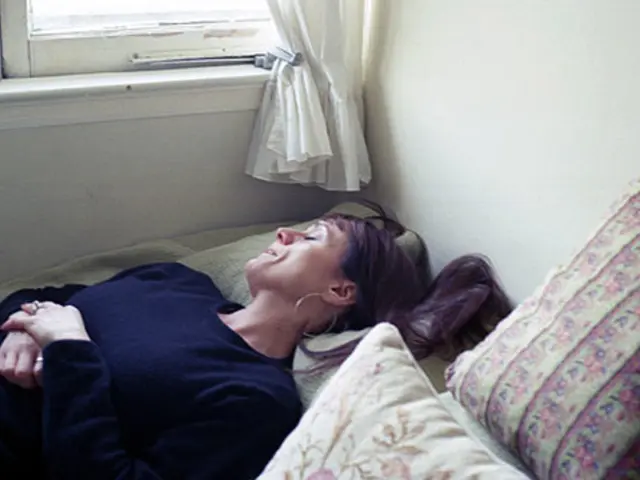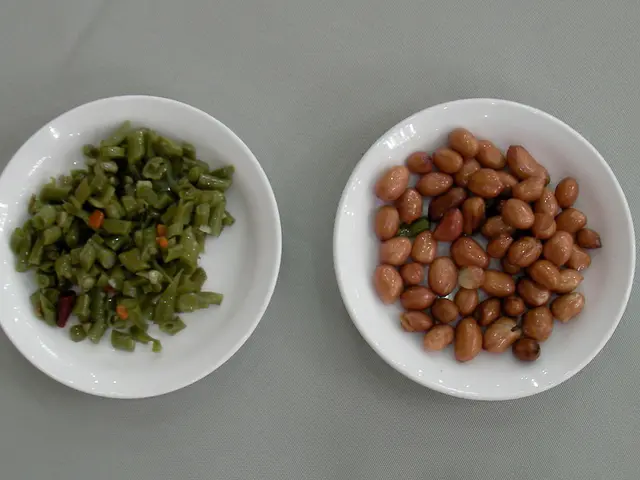Differentiating Interstitial Cystitis from a Normal Bladder: Understanding Symptoms and Urination Frequency
Interstitial Cystitis (IC) is a chronic bladder condition that affects many individuals, causing inflammation and a range of distressing urinary symptoms. This condition contrasts sharply with the normal function and symptom-free status of a healthy bladder.
Unlike a healthy bladder that stores urine without causing discomfort, IC involves chronic inflammation of the bladder wall. This inflammation leads to bladder dysfunction, characterised by frequent urges to urinate and discomfort. The bladder in IC does not function properly due to inflammation and urothelial defects.
The bladder capacity in IC patients is usually reduced compared to a healthy bladder. The inflamed bladder wall becomes hypersensitive and painful, limiting normal urine storage volumes. Healthy bladders can store urine comfortably until voluntary voiding, while IC bladders often have diminished capacity and cause urgency even with small amounts of urine.
IC is marked by a variety of symptoms, including bladder pain or discomfort, frequent urination (sometimes 40-60 times per day in severe cases), strong urgency to urinate with little warning, painful urination, pain during intercourse, nighttime urination disrupting sleep, and other unusual urinary sensations such as burning. These symptoms worsen as the bladder fills and often ease temporarily after urination, significantly impacting quality of life.
While IC treatments may vary for each person and may take weeks to see symptom improvement, they may include medications, bladder training, bladder enlargement, transcutaneous electrical nerve stimulation (TENS), Botox injections, and surgery in severe cases. To diagnose IC, doctors may order urine tests, cystoscopy, biopsy, and prostate secretions for males.
It's important to note that IC may feel similar to a bladder infection, but they are different conditions. IC is a chronic condition, which causes symptoms to last for over 6 weeks. On the other hand, a bladder infection, caused by bacteria entering the bladder and causing an infection, is typically acute and can be treated with antibiotics.
People with IC may have other health conditions, such as irritable bowel syndrome or fibromyalgia. To manage IC symptoms, people may wish to limit or avoid citrus fruits, chocolate, tomatoes, alcohol, spicy foods, coffee or other caffeinated drinks. Lifestyle changes such as regular exercise, avoiding smoking, managing stress, and eliminating certain foods and drinks may also help.
IC is not a life-threatening condition and does not cause cancer. However, it can significantly impact quality of life due to its symptoms. A combination of medical treatments and lifestyle changes may be an effective option for IC management. The bladder in IC is not able to hold as much urine as a healthy bladder, and it may not be able to empty urine with a strong, continuous flow, without pain or blood in the urine.
In conclusion, understanding Interstitial Cystitis is crucial for those affected by this condition and for healthcare providers. With the right treatment and lifestyle modifications, it is possible to effectively manage IC and improve quality of life.
- IC, a chronic condition, affects the bladder, causing chronic inflammation and a range of distressing urinary symptoms that differ significantly from a healthy bladder, which stores urine without discomfort.
- To diagnose IC, doctors may use various medical tests like urine tests, cystoscopy, biopsy, and prostate secretions for males, differentiating it from a bladder infection, a condition with an acute onset treatable with antibiotics.
- Management of IC symptoms often involves a combination of medical treatments such as medications and bladder training, as well as lifestyle modifications like regular exercise, avoiding certain foods like citrus fruits and tomatoes, and limiting alcohol, spicy foods, coffee or other caffeinated drinks.






